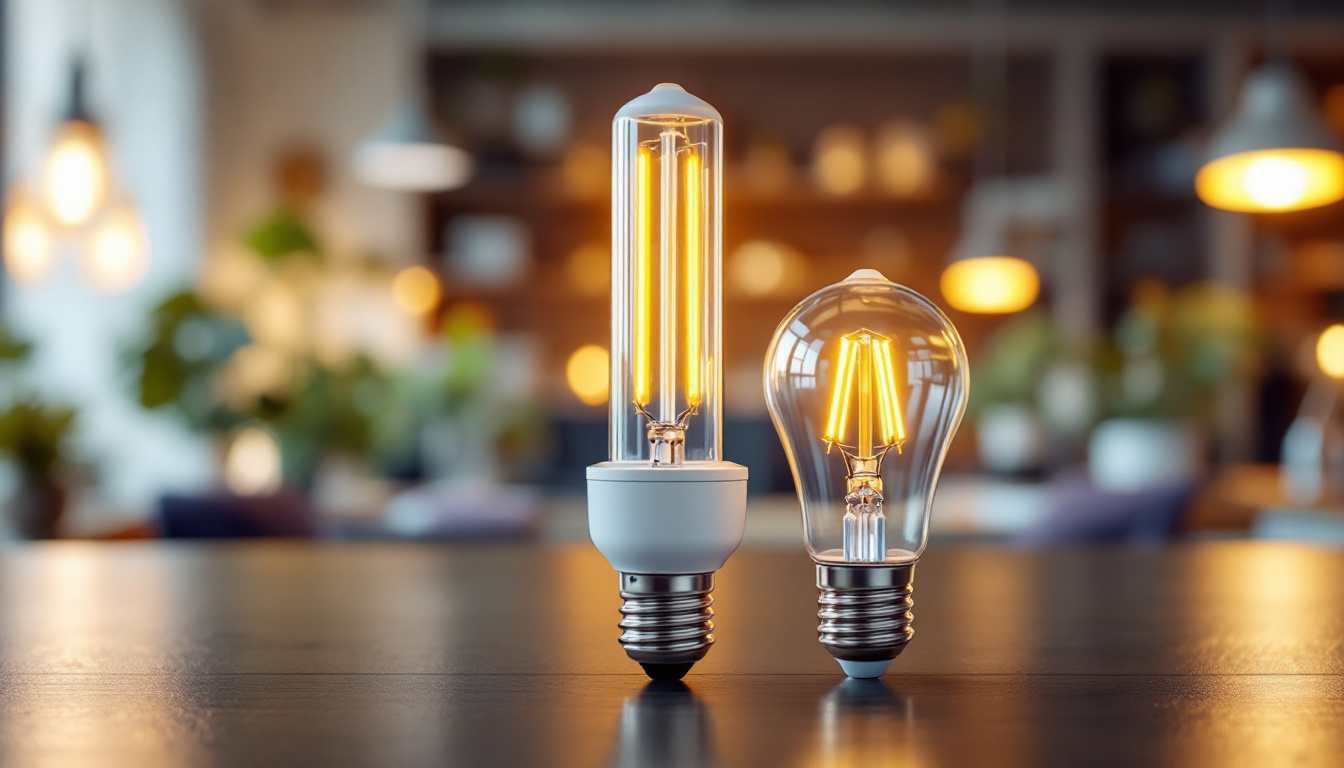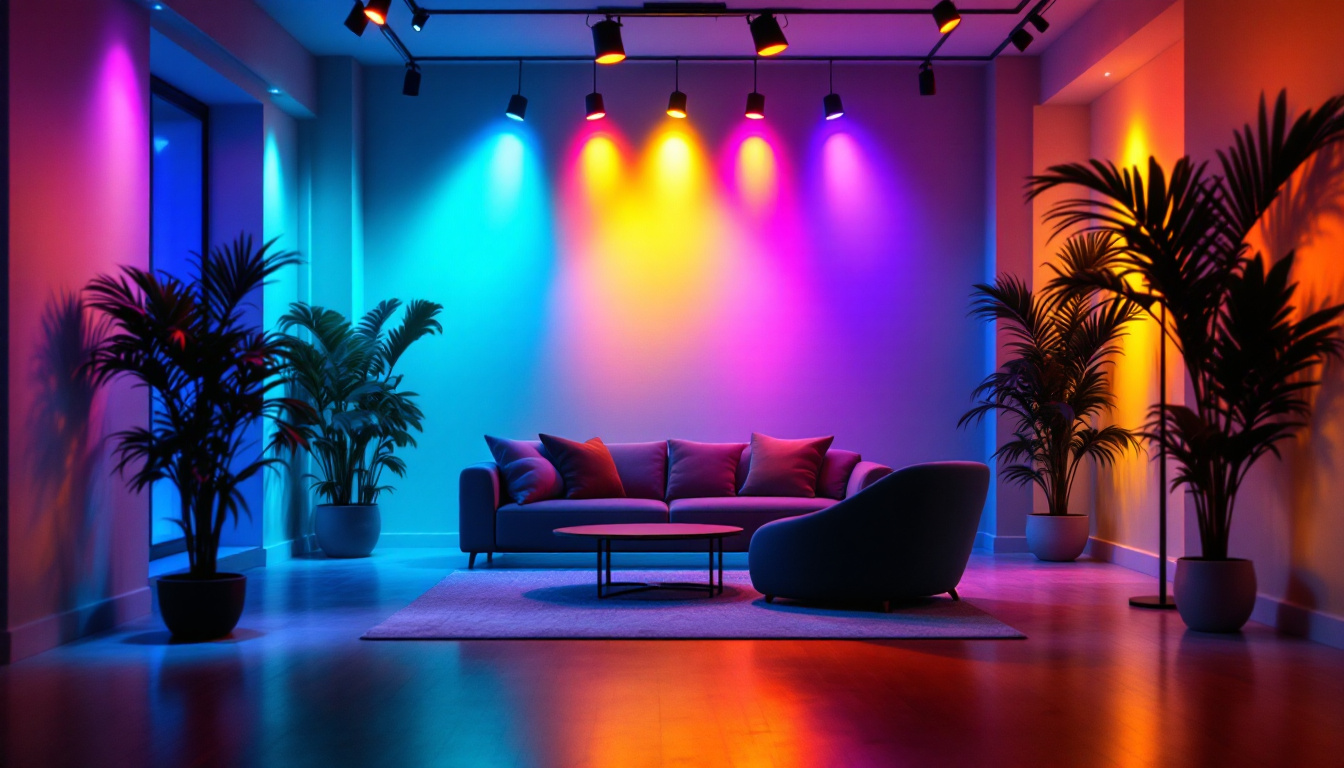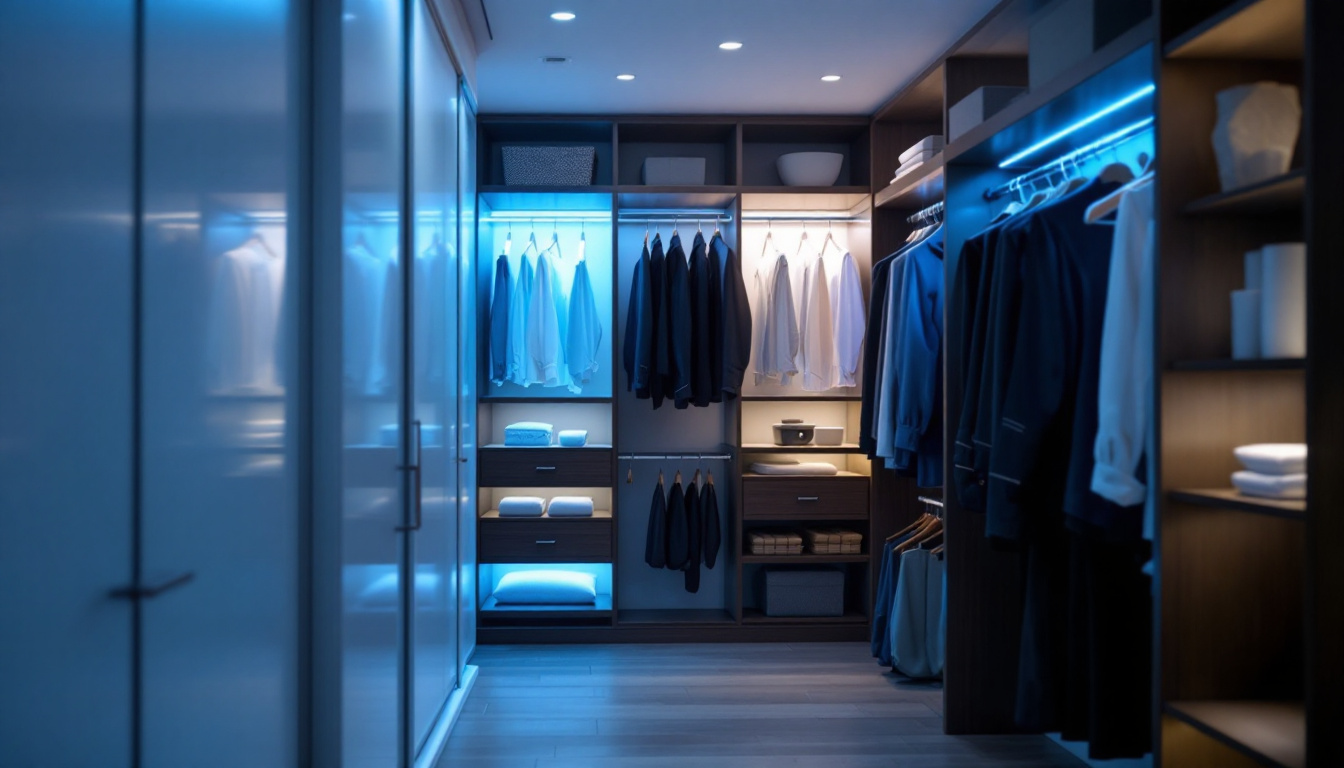
T8 and T12 bulbs are two common types of fluorescent tubes used in commercial and residential lighting applications. The numbers in their names refer to their diameter in eighths of an inch. A T8 bulb has a diameter of 1 inch, while a T12 bulb has a diameter of 1.5 inches. This difference in size is crucial not only for fitting into fixtures but also for understanding their energy efficiency and performance characteristics. The physical dimensions also affect the type of fixtures that can accommodate these bulbs, as T12 fixtures are generally larger and may not be compatible with the slimmer T8 bulbs. This compatibility issue can lead to challenges during retrofitting or replacement, making it essential for users to verify their existing fixtures before making a purchase.
In recent years, LED technology has gained popularity as a more energy-efficient alternative to traditional fluorescent lighting. As a result, many contractors are considering retrofitting existing T8 and T12 fixtures with LED bulbs. However, the question arises: are T8 and T12 LED bulbs interchangeable? Understanding the nuances between these two types of bulbs is essential for making informed decisions in lighting design and installation. Additionally, the shift towards LED lighting is often driven by the increasing awareness of sustainability and the desire to reduce carbon footprints, further emphasizing the importance of making the right choice in lighting solutions.
Aside from their physical dimensions, T8 and T12 bulbs differ in several key aspects, including energy consumption, light output, and lifespan. T8 bulbs typically consume less energy and produce more lumens per watt compared to T12 bulbs. This efficiency translates into lower electricity bills and reduced environmental impact, making T8 a preferred choice in many commercial settings. In fact, the energy savings can be significant, with T8 bulbs often achieving up to 30% more efficiency than their T12 counterparts, which can be a crucial factor for businesses looking to cut operational costs.
Furthermore, the lifespan of T8 bulbs is generally longer than that of T12 bulbs. While T12 bulbs may last around 7,500 hours, T8 bulbs can last up to 15,000 hours or more. This longevity not only reduces replacement costs but also minimizes maintenance efforts, which is a significant consideration for contractors managing large installations. The extended lifespan of T8 bulbs also means that they contribute to less waste in landfills, aligning with the growing trend of environmentally responsible practices in both commercial and residential sectors.
LED technology has revolutionized the lighting industry, offering numerous advantages over traditional fluorescent options. LED bulbs are more energy-efficient, have a longer lifespan, and provide better light quality. When it comes to retrofitting T8 and T12 fixtures with LED options, understanding compatibility is crucial. The shift to LED is not just about energy savings; it also encompasses improved color rendering and instant-on capabilities, which are particularly beneficial in environments where lighting quality is paramount.
LED replacements for T8 and T12 bulbs come in various designs, including direct replacements and retrofit kits. Direct replacements are designed to fit into existing fixtures without the need for additional modifications, while retrofit kits may require some adjustments to the fixture’s electrical components. This distinction is vital for contractors to consider when planning a lighting upgrade. Additionally, the variety of color temperatures available with LED technology allows for greater customization in lighting design, enabling spaces to be tailored to specific moods or functions, from warm and inviting to bright and energizing. As a result, the choice between T8 and T12 LED options can significantly influence the overall ambiance and functionality of a space.
The interchangeability of T8 and T12 LED bulbs is a common misconception among lighting contractors. While both bulb types can often be used in similar fixtures, there are significant factors to consider before making the switch. Understanding these factors can prevent costly mistakes and ensure optimal lighting performance.
One of the primary considerations when assessing interchangeability is the physical size of the bulbs. T8 LED bulbs are designed to fit T8 fixtures, while T12 LED bulbs are meant for T12 fixtures. Attempting to fit a T8 bulb into a T12 fixture or vice versa can lead to improper installation, reduced light output, and potential damage to the fixture.
In some cases, T8 LED bulbs may be designed with a slightly larger base to accommodate T12 fixtures, but this is not universally true. Contractors should always check the specifications of the LED bulbs to ensure compatibility with the existing fixtures. Failure to do so can result in wasted resources and project delays. Additionally, the physical dimensions of the fixture itself can influence the overall aesthetic of the lighting setup. For instance, a T8 bulb may provide a sleeker, more modern appearance, while a T12 bulb might lend a more traditional look, which could be a consideration in design-sensitive environments.
Another critical aspect of interchangeability is the electrical configuration of the fixtures. T8 and T12 bulbs may operate on different ballast types, which can affect the installation of LED replacements. Many T8 fixtures use electronic ballasts, while T12 fixtures often rely on magnetic ballasts. When retrofitting with LED bulbs, it is essential to determine whether the existing ballast is compatible with the new LED technology.
Some LED bulbs are designed to work with existing ballasts, while others require a ballast bypass, meaning the ballast must be removed or bypassed altogether. This can complicate the installation process and may require additional labor and expertise. Contractors should familiarize themselves with the specific electrical requirements of the LED bulbs they plan to use to avoid unexpected challenges. Moreover, understanding the energy efficiency ratings of the ballasts in use can also play a crucial role in the decision-making process, as switching to a more efficient ballast can further enhance the energy savings achieved by upgrading to LED technology.
Light quality is a significant factor in any lighting project, and it varies between T8 and T12 LED bulbs. While both types can produce high-quality light, the color temperature, color rendering index (CRI), and lumen output can differ. T8 LED bulbs often provide better light quality, making them a preferred choice for applications requiring accurate color representation, such as retail spaces or art galleries.
Contractors should consider the intended use of the space when selecting LED replacements for T8 or T12 fixtures. It is essential to evaluate the performance characteristics of the bulbs to ensure they meet the specific lighting requirements of the project. This attention to detail can enhance the overall effectiveness of the lighting design and improve customer satisfaction. Furthermore, the longevity of the LED bulbs should not be overlooked; T8 LEDs typically have a longer lifespan compared to T12s, which can lead to reduced maintenance costs over time. Additionally, the dimming capabilities of the bulbs can also vary, with some T8 LED options offering more advanced dimming features, allowing for greater control over the ambiance and functionality of the space being illuminated.
When considering a retrofit of T8 and T12 fixtures with LED bulbs, following best practices can streamline the process and enhance the project’s success. Proper planning and execution can lead to improved energy efficiency, reduced maintenance costs, and superior lighting quality.
Before initiating any retrofit project, conducting a thorough lighting audit is essential. This audit should assess the current lighting conditions, including the type of fixtures in use, their energy consumption, and the overall lighting quality. Understanding these factors will help contractors determine the most suitable LED replacements for T8 and T12 fixtures.
During the audit, it is also beneficial to gather feedback from occupants about their lighting preferences and any issues they may have experienced with the existing system. This information can guide the selection of LED bulbs that will best meet the needs of the space and its users.
Once the lighting audit is complete, the next step is selecting the appropriate LED bulbs for the retrofit. Contractors should consider factors such as energy efficiency, light output, color temperature, and compatibility with existing fixtures. It is advisable to choose bulbs from reputable manufacturers that provide detailed specifications and performance data.
Additionally, contractors should take advantage of available resources, such as lighting design software or consultation with lighting specialists, to ensure they make informed decisions. This proactive approach can lead to a more successful retrofit and satisfied clients.
Proper installation is crucial for maximizing the benefits of LED retrofits. Contractors should follow the manufacturer’s installation guidelines and ensure that all electrical connections are secure. If a ballast bypass is required, it is essential to follow safety protocols and ensure that the fixture is properly labeled to avoid confusion in the future.
Furthermore, testing the lighting system after installation is vital to ensure that the LED bulbs are functioning correctly and providing the desired light output. Any issues should be addressed promptly to maintain the integrity of the lighting design and ensure client satisfaction.
In conclusion, while T8 and T12 LED bulbs may appear similar, they are not universally interchangeable. Understanding the differences in size, electrical compatibility, and light quality is essential for lighting contractors planning retrofits. By following best practices, conducting thorough audits, and selecting the right products, contractors can successfully navigate the complexities of upgrading T8 and T12 fixtures to LED technology.
Ultimately, making informed decisions in lighting design and installation can lead to enhanced energy efficiency, improved lighting quality, and greater client satisfaction. As the lighting industry continues to evolve, staying informed about the latest technologies and best practices will be crucial for contractors looking to thrive in this competitive field.
Ready to enhance your lighting projects with the best in LED technology? Look no further than LumenWholesale for a seamless transition from T8 and T12 fixtures to superior LED solutions. Our commitment to quality and affordability ensures you receive spec-grade lighting products at wholesale prices that outshine the competition. Say goodbye to middleman markups and hello to a vast selection of industry-standard lighting, all with the convenience of free shipping. Make the smart choice for your retrofitting needs and experience wholesale lighting at the best value today. Your clients—and your bottom line—will thank you.

Discover the pitfalls lighting contractors often encounter when retrofitting LED fluorescent tubes.

Illuminate your projects with our expert advice on outside lamps tailored for lighting contractors.

Discover essential tips for using RGB can lights effectively and avoid common pitfalls in your lighting projects.

Discover the key challenges lighting contractors face when installing LED lighting in closets.